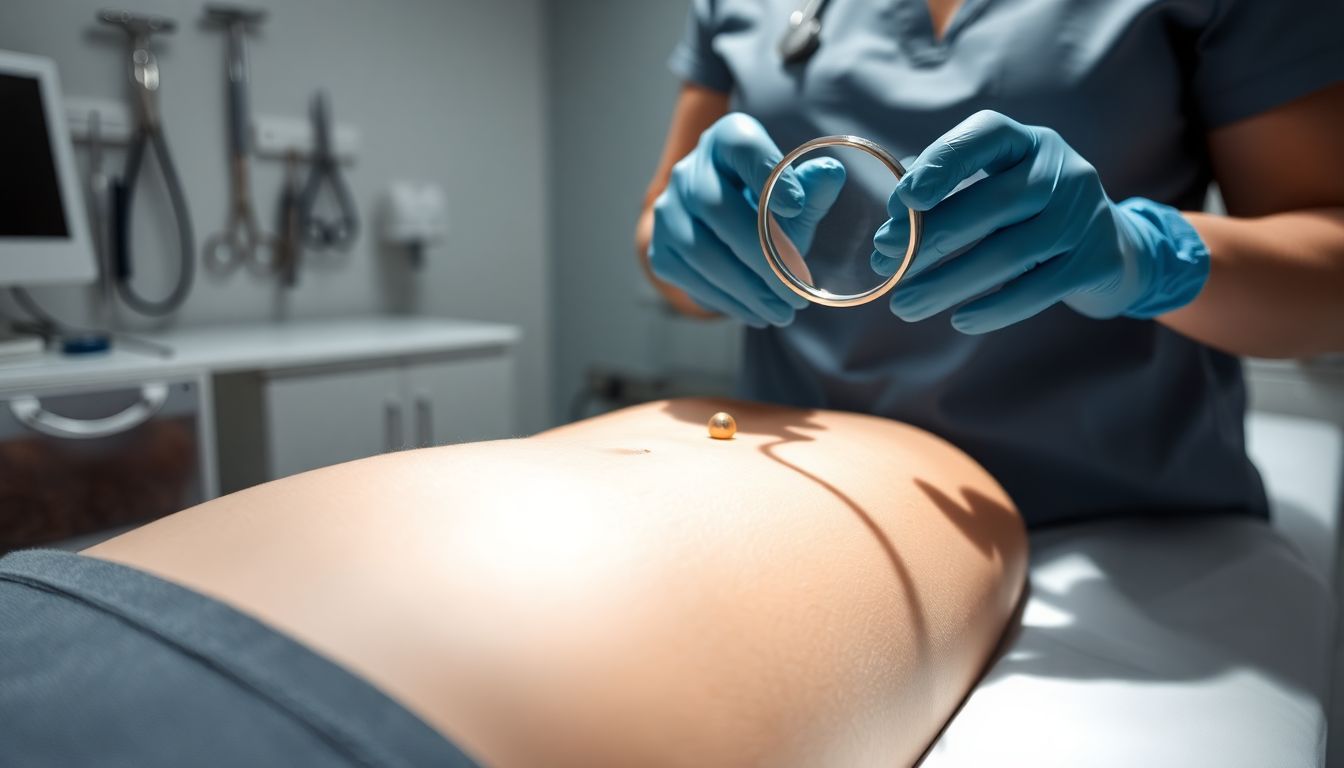How Long Does a Belly Piercing Take to Heal? Complete Timeline and Care Guide

How Long Does a Belly Piercing Take to Heal? Complete Timeline and Care Guide
Introduction
Belly piercings are popular and often symbolize self-expression or cultural tradition. They can boost confidence and add flair to your style. But, knowing how long they take to heal helps you care for them the right way. Proper aftercare reduces risks like infection, pain, or scarring. Several factors influence healing time, and understanding what to expect helps you stay patient and give your body what it needs.
Factors Influencing Belly Piercing Healing Time
Piercing Placement and Technique
Where your piercing sits makes a difference in healing. A navel piercing in the middle of the belly button usually heals faster than a surface piercing near the skin’s surface. The method used also matters. For example, a standard ball closure ring often heals quicker than a surface bar, which can be more prone to movement or irritation.
Individual Health and Lifestyle
Your age, immune health, and skin type play roles too. Someone with a strong immune system heals quicker than someone with health issues. Lifestyle habits such as smoking or poor diet can delay healing. Stress levels also matter — stress weakens your immune response, making healing slower or more complicated.
Aftercare Practices
Following professional advice is crucial. Regular cleaning helps prevent infections. Avoiding irritants like harsh chemicals or tight clothing protects the piercing. Proper jewelry cleaning, gentle handling, and patience ensure your healing process stays on track.
Jewelry Material and Quality
High-quality jewelry made from surgical steel, titanium, or real gold minimizes reactions. Low-grade jewelry increases allergy risk or causes prolonged irritation. Quality materials also support faster, smoother healing since they’re less likely to cause problems.
Presence of Complications
Infections, keloids, or allergic reactions extend healing time. Signs like swelling, redness, pus, or pain need prompt attention. Tackling complications early can prevent long-term issues and speed up recovery.
Typical Healing Timeline for a Belly Piercing
Initial Healing Phase (0-2 Weeks)
Immediately after piercing, expect swelling, redness, and some crustiness. This is normal during the body's inflammatory response. Mild pain and crusting are common, but look out for signs of infection, such as increased swelling, foul odor, or pus. Keeping the area clean keeps healing on track.
Intermediate Healing Phase (2-6 Weeks)
Swelling and pain should decrease. Crusts fade, and new tissue starts forming. You may notice the piercing becomes more comfortable and less sensitive. Monitoring for signs of irritation remains important during this stage.
Full Healing Phase (6 Weeks to 12 Months)
Your body continues to build scar tissue, strengthening the piercing. Most people can change jewelry around six to eight weeks. Complete healing can take up to a year, especially if the piercing is deep or complex. Be patient; rushing this phase can risk complications.
Variability in Healing Times
Healing differs for everyone. Some piercings heal within a few months, while others take a year. The key is paying attention to how your body responds. When your piercing stops hurting and the crusting disappears, chances are it’s nearly or fully healed.
Tips for Promoting Faster and Safer Healing
Proper Aftercare
Clean your piercing twice daily with a sterile saline solution or advised cleaner. Avoid touching it with dirty hands or using alcohol or peroxide, which can irritate the skin. Pat dry gently — do not rub.
Lifestyle Adjustments
Eat foods rich in vitamin C and zinc to support tissue repair. Stay hydrated and get enough sleep. Avoid smoking and heavy alcohol consumption during healing, as these can slow down recovery.
Jewelry Management
Choose high-quality, hypoallergenic jewelry. When it’s healed enough, you can change jewelry carefully. Always wash your hands first and work in a clean environment to prevent infections.
Monitoring and Managing Complications
Watch for abnormal swelling, pain, or pus. If you see signs of infection or allergic reactions, seek a professional’s opinion. Early treatment reduces healing delays and prevents more serious issues.
Common Complications and How They Affect Healing Time
Infections
Signs include redness, swelling, warmth, and pus. Prevent by keeping the area clean and avoiding dirty environments. Treatment often involves antibiotics or professional cleaning. An infection can add weeks to your healing process.
Allergic Reactions and Sensitivities
Some jewelry materials can cause allergies, leading to redness, itchiness, or rash. Switching to hypoallergenic options helps. Reaction symptoms may delay healing if not addressed.
Keloids and Hypertrophic Scars
Overgrowth of scar tissue can occur, especially in prone individuals. Using proper technique and avoiding irritation helps prevent these. If they develop, additional treatments may be needed, requiring extra healing time.
Other Challenges
Rejection occurs when the body pushes the jewelry out, leading to migration or removal. Keeping the jewelry appropriate in size and material minimizes this risk. Approaching your piercing with care helps avoid complications.
Expert Insights and Recommendations
Piercers advise patience and proper cleaning routines. Dermatologists recommend avoiding irritants and listening to your body. Following proven aftercare practices speeds up healing and lowers risks.
Conclusion
Most belly piercings take anywhere from six weeks to a year to heal fully. Factors like placement, your health, and aftercare greatly influence this timeframe. The secret to a successful, trouble-free healing process? Patience, diligent care, and professional guidance. Stay attentive, avoid rushing, and your piercing will reward you with a beautiful, healthy outcome.
Key Takeaways
- Healing usually lasts 6 weeks to 12 months depending on numerous factors.
- Proper aftercare drastically reduces risks and speeds up healing.
- Watch for signs of problems like infection or allergy, and consult a professional early.
Good care and patience are your best tools. Follow a healthy routine and you’ll enjoy your belly piercing for years to come.
